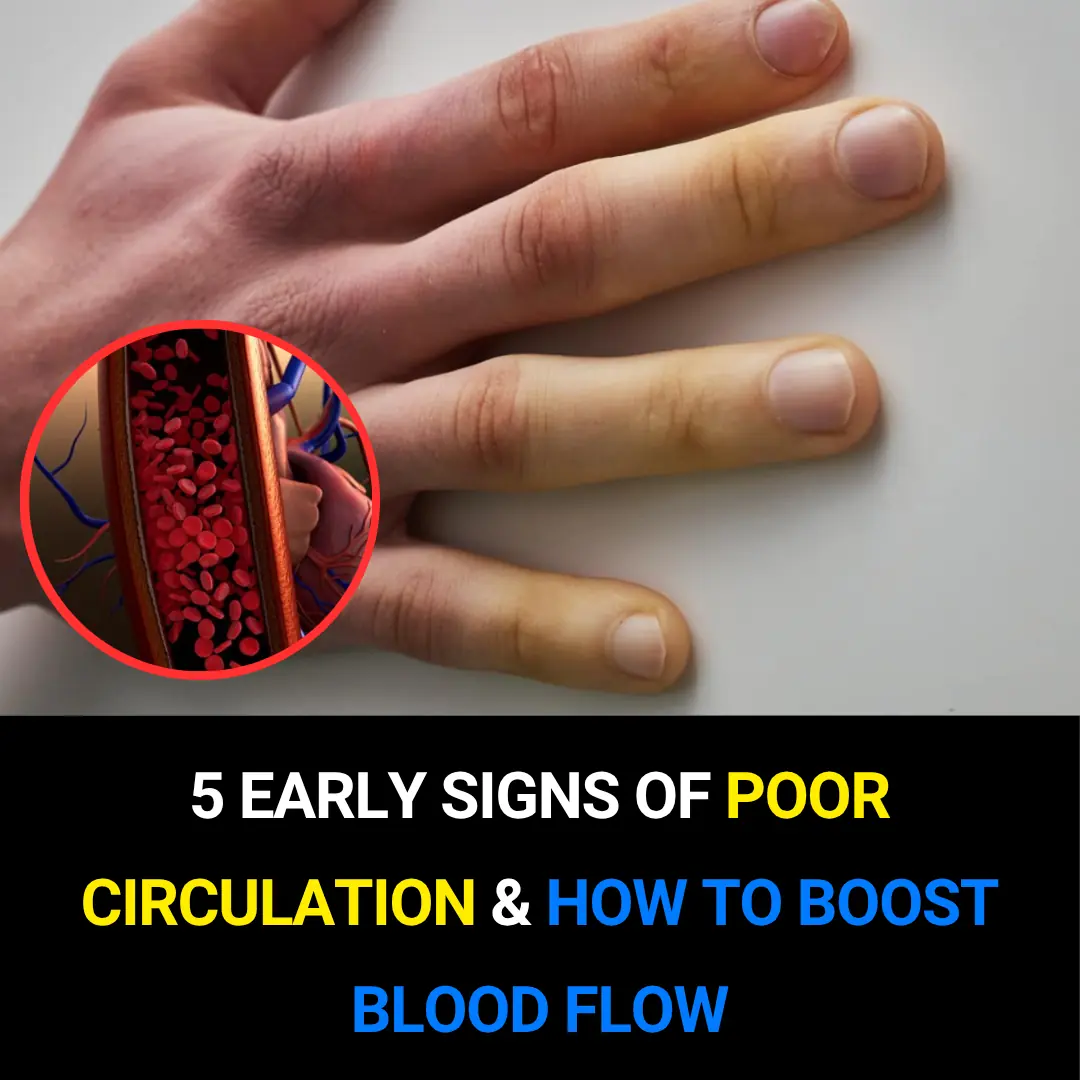
Your Legs Have a “Second Heart” — And One Simple Move Can Reactivate It Fast
Your Legs Have a “Second Heart” — And One Simple Move Can Reactivate It Fast
Did you know your body actually has two hearts working together to keep you alive and energized? It may sound unbelievable, but it’s true. While the heart in your chest gets all the credit, there’s another powerful pump hidden in your legs — your calf muscle pump. This remarkable system is often called your “second heart” because of the crucial role it plays in circulation and overall health.
Surprisingly, most people have never even heard of this internal powerhouse, let alone know how to activate it. Yet, once you understand what it does — and how a single, five-minute movement can awaken it — you’ll never think about your legs the same way again.

The Hidden Cost of Modern Stillness
We live in a world that encourages stillness. Whether we’re sitting at a desk, driving, or relaxing on the couch, our legs often spend most of the day immobile. Unfortunately, this sedentary lifestyle effectively puts your “second heart” into sleep mode. The result? Poor circulation, heavy legs, swelling around the ankles, cold feet, and even that frustrating sense of mental sluggishness known as brain fog.
Your body was designed for motion. When your calves are inactive, blood and lymphatic fluids pool in the lower legs, struggling against gravity to return to the heart. Over time, this stagnation doesn’t just affect your legs — it impacts your energy, metabolism, and even your brain performance.
In this article, you’ll discover the science behind your second heart, learn how it influences multiple systems in your body, and find out how a simple daily exercise can supercharge your circulation, balance blood sugar, sharpen focus, and reignite vitality from the ground up.
Key Takeaways
-
You Have a ‘Second Heart’: Your calf muscles — primarily the soleus and gastrocnemius — act as a natural pump that helps return blood and lymphatic fluid to your chest, working tirelessly against gravity.
-
Inactivity Is the Enemy: Sitting for long periods weakens this pump, contributing to swelling, poor circulation, varicose veins, dizziness, and other chronic issues.
-
A Simple Exercise Is the Fix: A gentle rocking motion from toes to heels can reactivate this system in minutes. It’s safe, simple, and can be done almost anywhere.
-
Benefits Go Beyond Circulation: A strong calf pump stabilizes blood sugar, regulates blood pressure, improves focus and oxygen flow to the brain, and even strengthens your core.
1. What Is Your “Second Heart,” and How Does It Work?
Your calves are made up of two key muscles:
-
The gastrocnemius — the larger, more visible muscle that forms the curved shape of your calf.
-
The soleus — a deeper, flatter muscle beneath it, often underestimated but incredibly powerful.
While these muscles help you walk, run, and jump, their lesser-known role is to act as a secondary circulatory system. Your chest heart pumps oxygen-rich blood downward to your legs, but gravity makes it difficult for blood to travel back up. This is where your second heart steps in.
Each time you contract your calf muscles, they squeeze deep veins in your legs, pushing blood upward through a network of one-way valves. These valves open to allow blood to move toward the heart and close immediately to prevent backflow. Without this coordinated action, blood would stagnate, leaving your lower legs tired and heavy.
2. The Dangers of an Inactive Calf Pump
When your second heart is neglected, gravity wins. Blood and fluid begin to pool in your lower legs, leading to discomfort and more serious problems. Common symptoms include swelling, leg cramps, aching, or throbbing sensations after sitting for too long.
Over time, this poor circulation can develop into venous stasis, where the veins lose their ability to return blood efficiently. The increased internal pressure may damage valves, leading to chronic venous insufficiency, varicose veins, or even deep vein thrombosis (DVT) — a potentially life-threatening condition.
A weak calf pump can also contribute to orthostatic hypotension — that dizzy, head-rushing feeling when you stand up too quickly. A strong calf pump helps stabilize blood pressure by assisting the flow of blood to the brain when your posture changes.
In short, when your calves go dormant, your entire circulatory system suffers.
3. The Simple Exercise to Reactivate Your Second Heart
Here’s the good news: you can reverse all of this in just a few minutes a day — no gym, no special equipment, no excuses.
This gentle toe-to-heel rocking exercise maximizes contraction of both the gastrocnemius and soleus muscles, creating a pumping action that clears stagnant blood and lymphatic fluid from your legs.
How to Do It (Standing):
-
Stand tall, holding onto a stable surface like a chair or wall.
-
Rise slowly onto the balls of your feet, lifting your heels high. Feel your calves contract — hold for 3 seconds.
-
Lower your heels to the floor.
-
Immediately rock back onto your heels, lifting your toes and engaging your shin muscles — hold for 3 seconds.
-
Return to a flat position.
Repeat 15–20 times, doing 2–3 sets daily. You can do this while brushing your teeth, waiting for your coffee, or during a short work break.
How to Do It (Seated):
If balance or mobility is a concern, sit in a chair with both feet flat. Lift your heels, then your toes, holding each for 3 seconds. Rest your hands on your calves — you’ll feel the rhythmic pumping that helps circulate blood through your entire system.
4. The Unexpected Blood Sugar Benefit
Here’s where the story gets even more fascinating. The soleus muscle has a unique metabolic ability: it can draw glucose from the bloodstream for energy without relying on insulin. This process, called non-insulin-mediated glucose uptake, offers a natural way to manage blood sugar.
For those dealing with insulin resistance, prediabetes, or type 2 diabetes, this is game-changing. Activating the soleus muscle through simple calf exercises can help lower blood sugar levels naturally, easing the metabolic burden on your body and supporting overall energy stability.
5. Boost Your Brainpower and Balance Your Blood Pressure
Activating your second heart does more than improve circulation — it sharpens your mind. The improved blood flow sends a surge of oxygen and nutrients to the brain, enhancing focus, memory, and alertness. Many people report a noticeable reduction in brain fog after just a week of consistent practice.
This rhythmic movement also stimulates baroreceptors, specialized sensors in your blood vessels that help regulate heart rate and blood pressure. When these sensors are active and responsive, your body can adapt more efficiently to stress, posture changes, and physical activity. The result? A calmer nervous system and better cardiovascular balance.
6. A Full-Body Tune-Up: From Core Strength to Organ Health
Although this exercise focuses on the legs, it provides a surprisingly comprehensive workout. Standing movements engage your core stabilizers, improving posture and balance over time. Meanwhile, the improved return of blood and lymphatic fluid supports your kidneys, liver, and lymphatic system, helping them remove waste more effectively.
With regular practice, your organs receive more oxygen, your immune system functions more efficiently, and your overall vitality improves. One small daily movement can truly set off a chain reaction of healing throughout your body.
Conclusion: Reclaiming Health from the Ground Up
Your body is an interconnected miracle, and your “second heart” is a perfect example of its hidden intelligence. You don’t need hours at the gym or complicated routines to feel energized and youthful again — just five mindful minutes of movement each day.
As you strengthen your calf pump, you’ll notice lighter legs, warmer feet, clearer thinking, and steadier energy. You’re not just exercising — you’re reawakening a built-in system designed to keep you healthy.
Sometimes, the body doesn’t need fixing; it simply needs reminding. And it all begins with one simple movement — from the ground up.
Source: Dr. Mandell
News in the same category

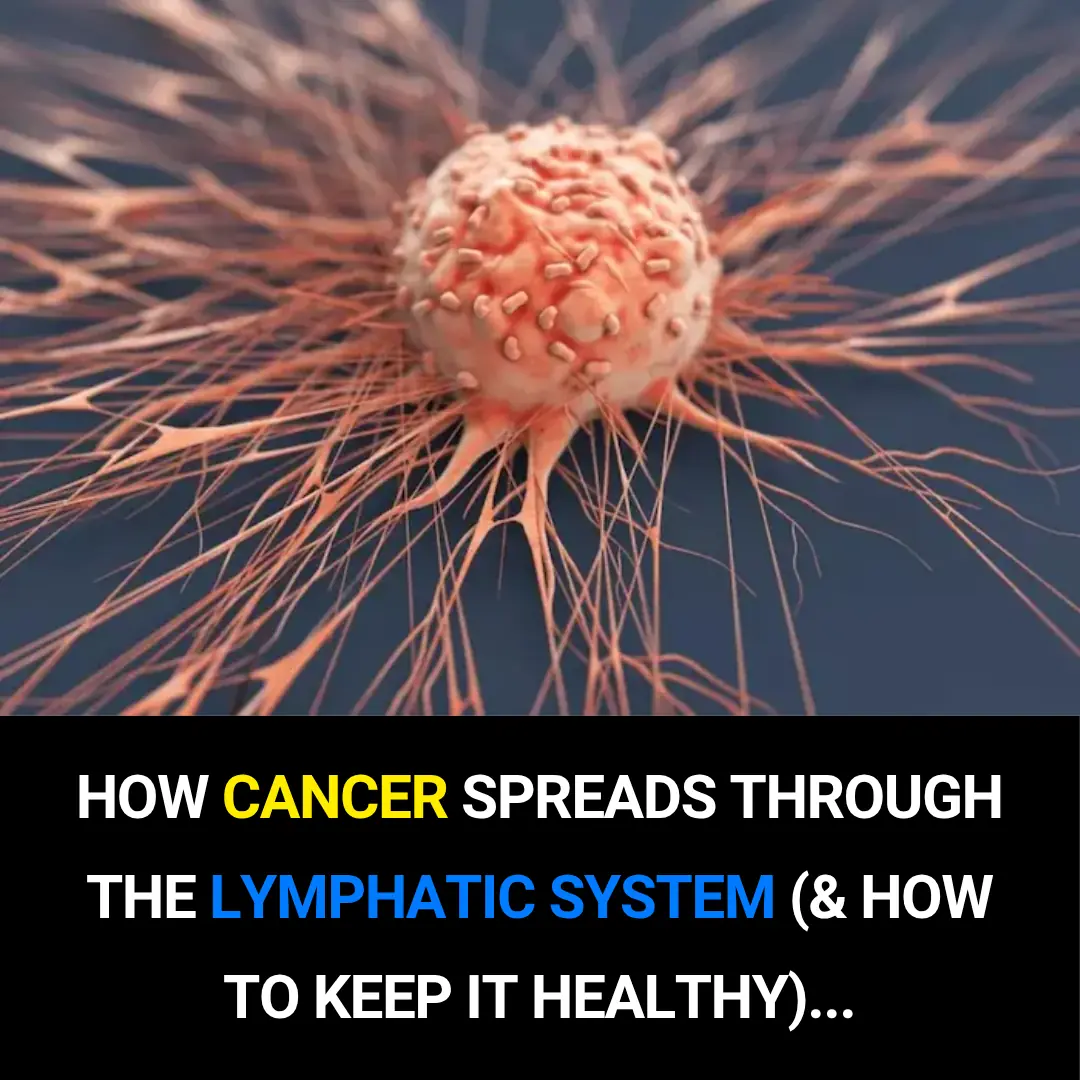
How Cancer Travels Through the Lymphatic System—and Ways to Keep It Strong

How to Make Alkaline Water to Fight Fatigue, Digestive Issues, and Disease

A neurosurgeon says your legs could predict dementia years before memory loss
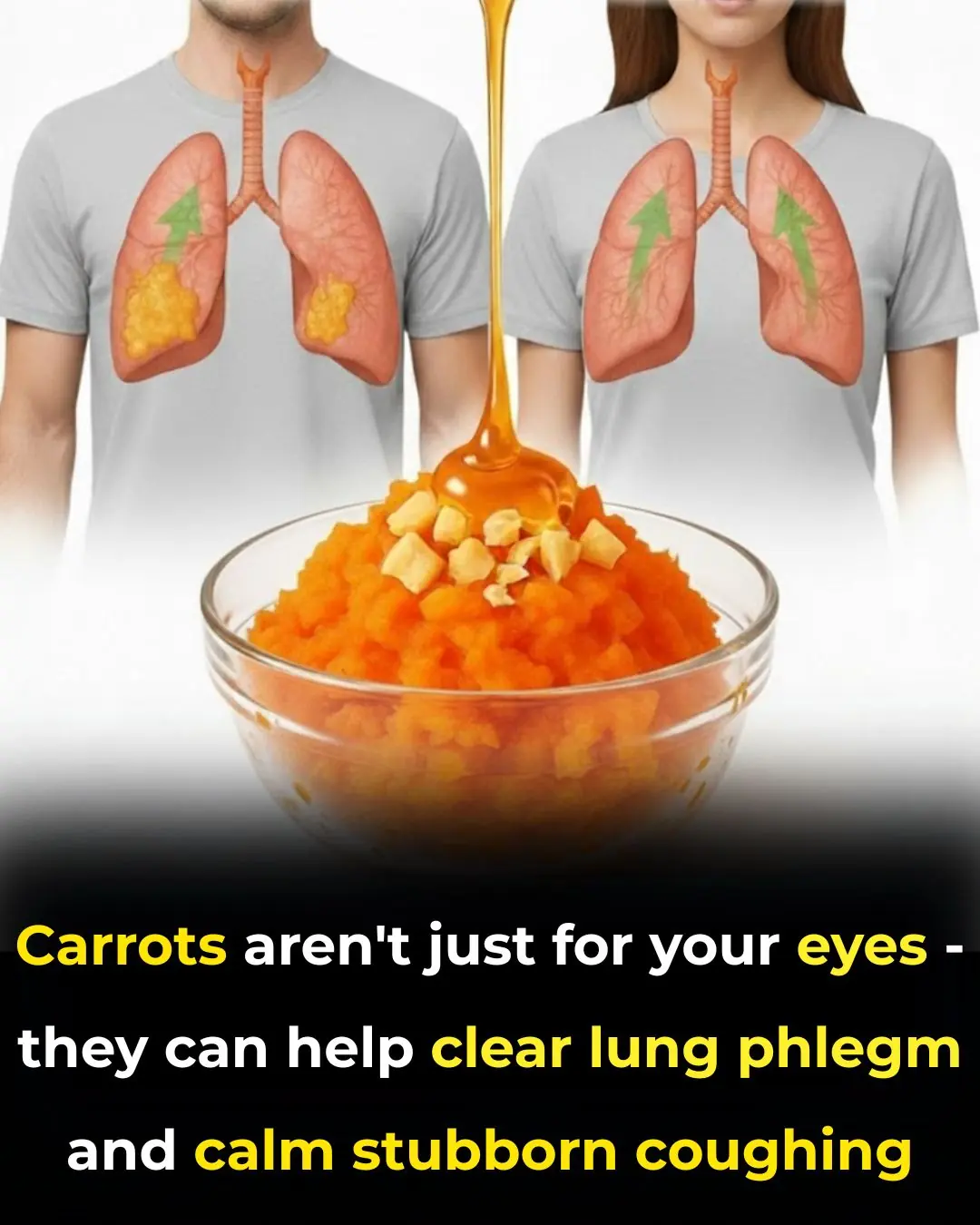
Simple Homemade Cough Syrup Removes Phlegm From The Lungs
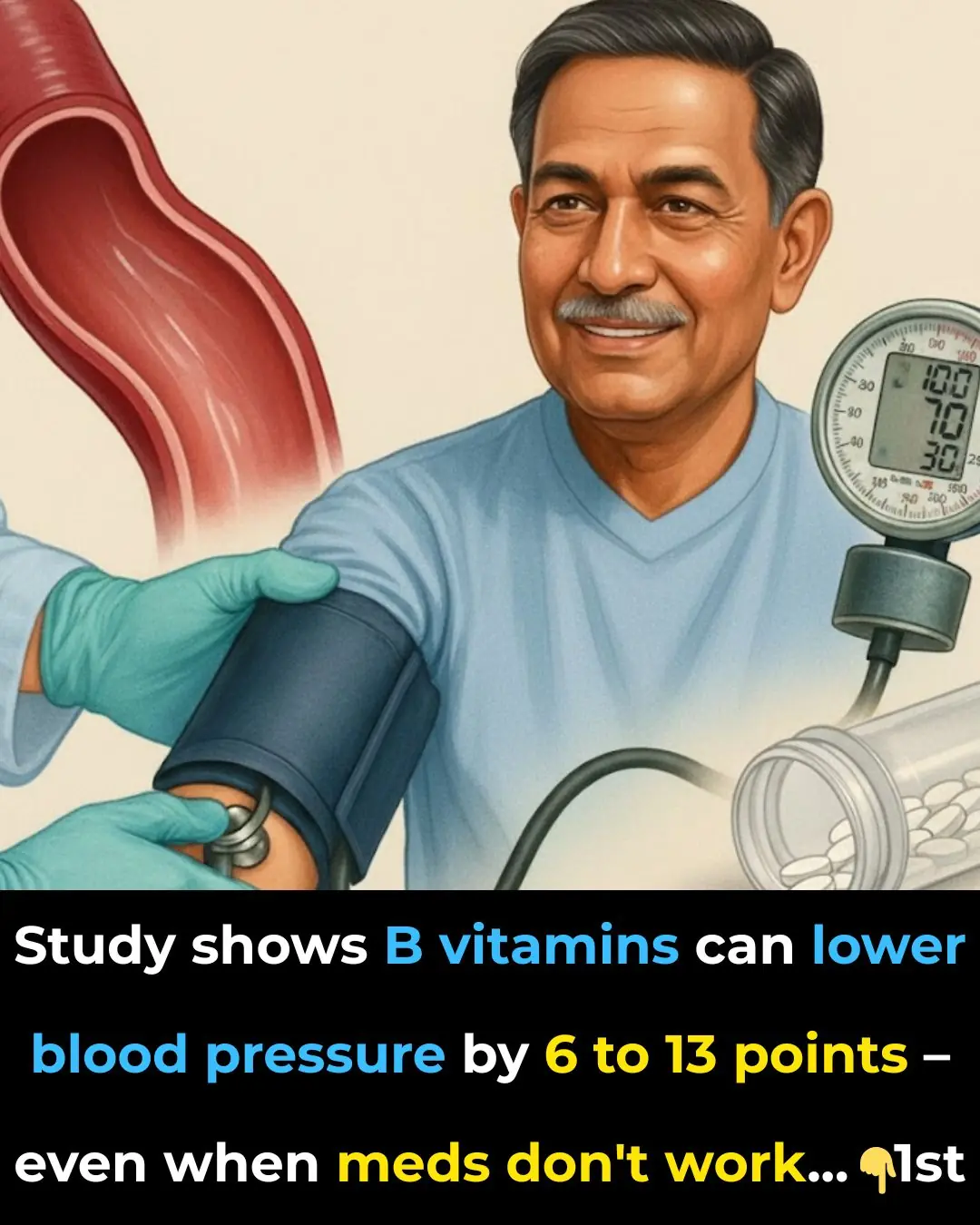
The B vitamin solution: lower blood pressure when medications fail
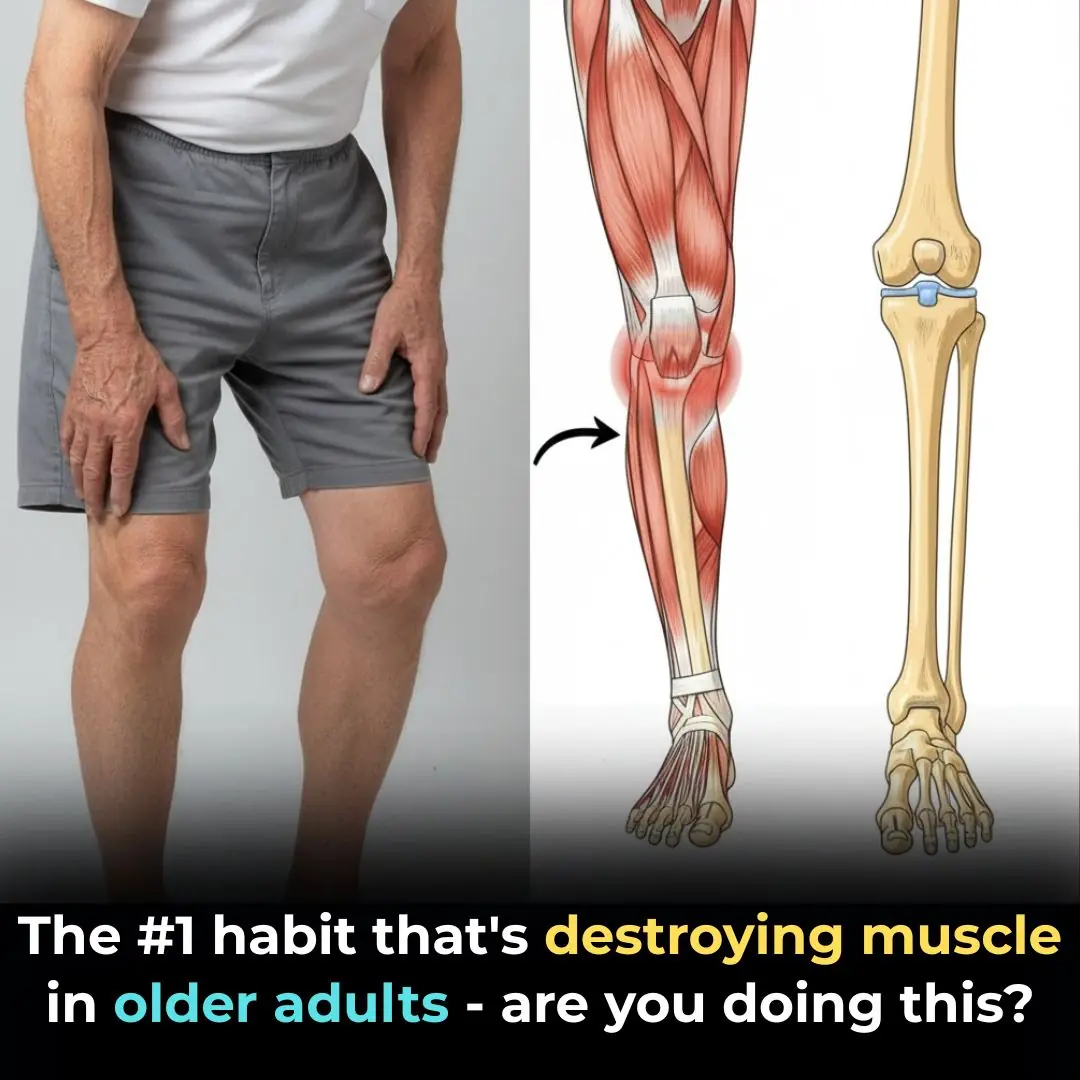
The #1 habit that’s destroying muscle in older adults—are you doing this?
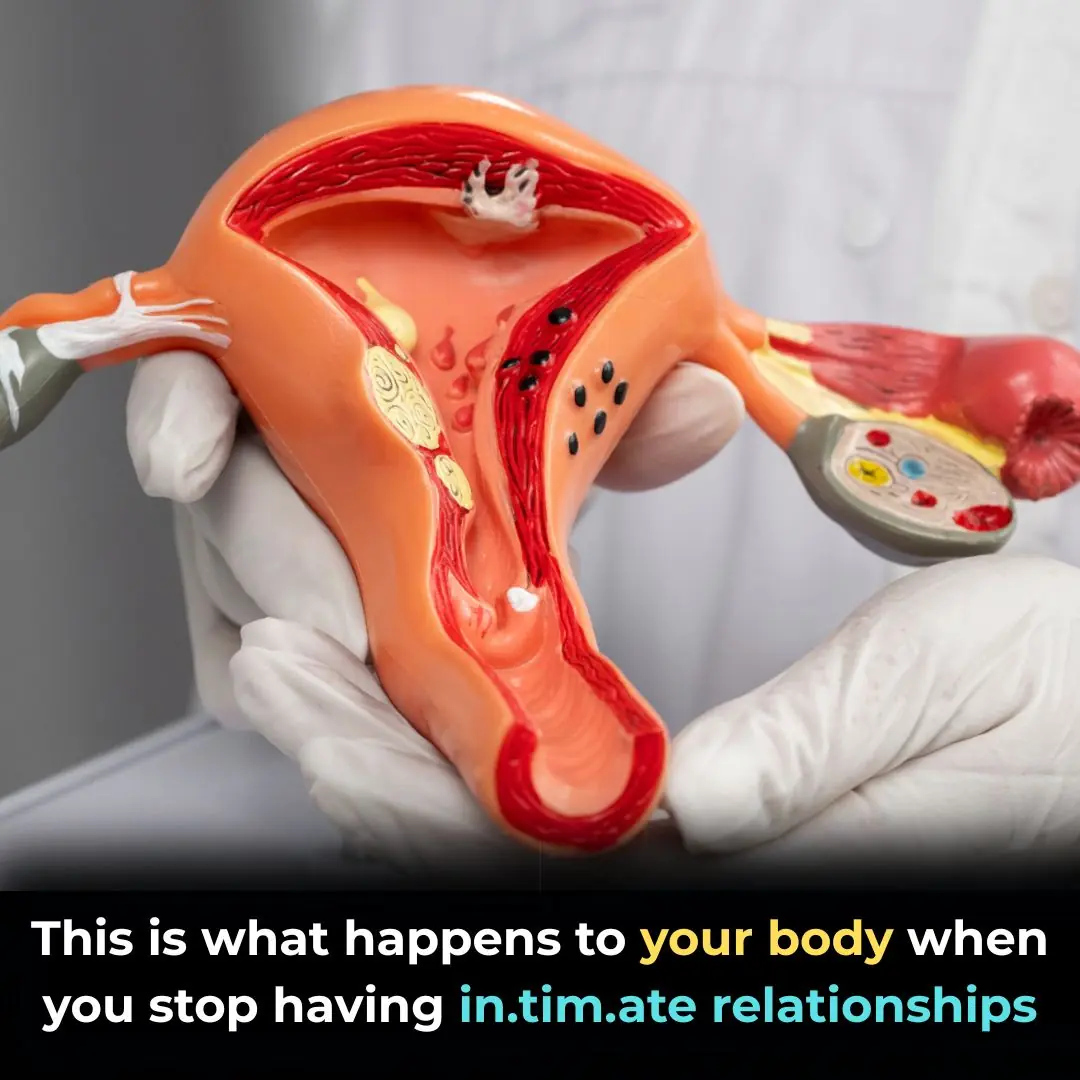
The Hidden Consequences of a S*xless Life
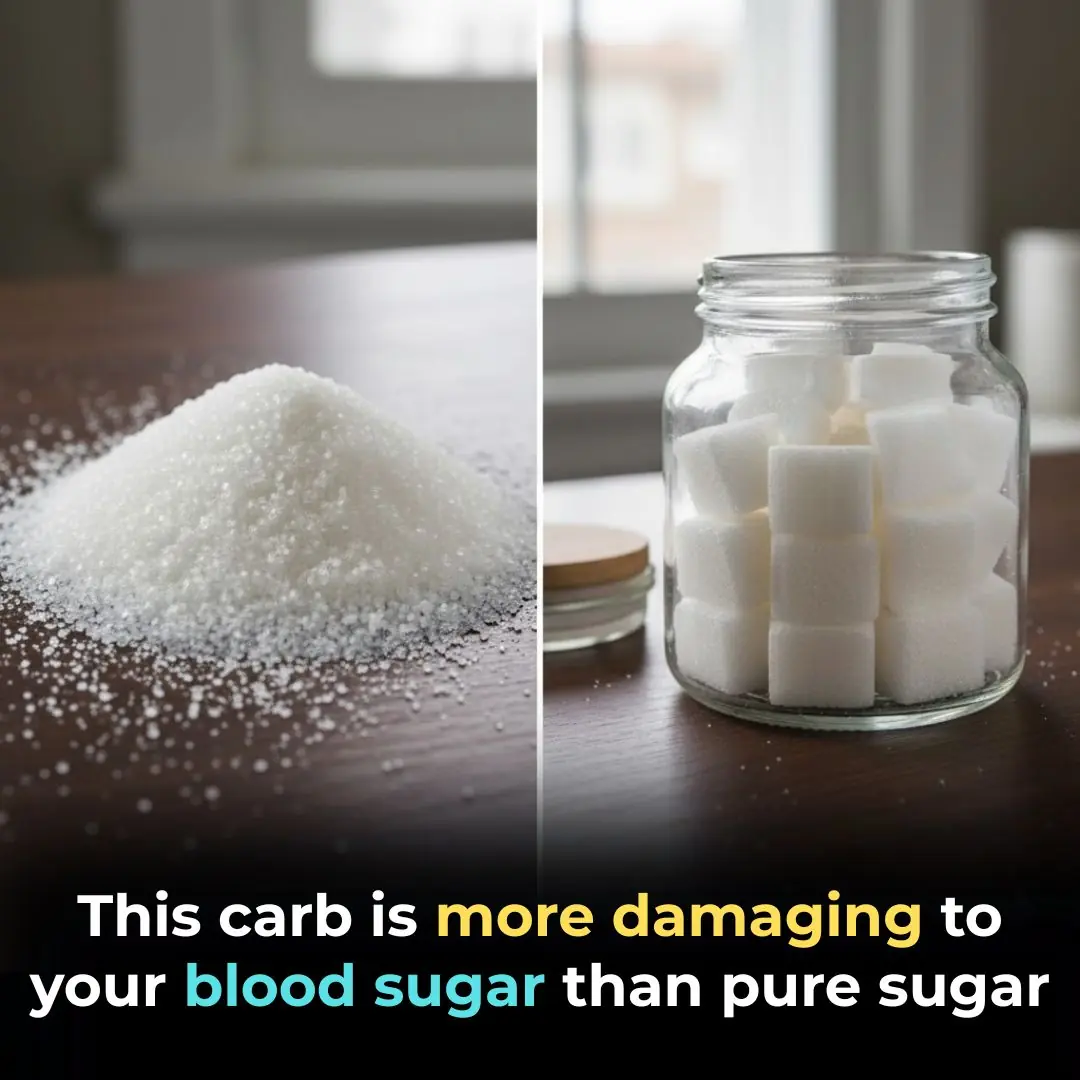
This carb is more damaging to your blood sugar than pure sugar

DIY Under-Eye Clove Cream for Dark Circles
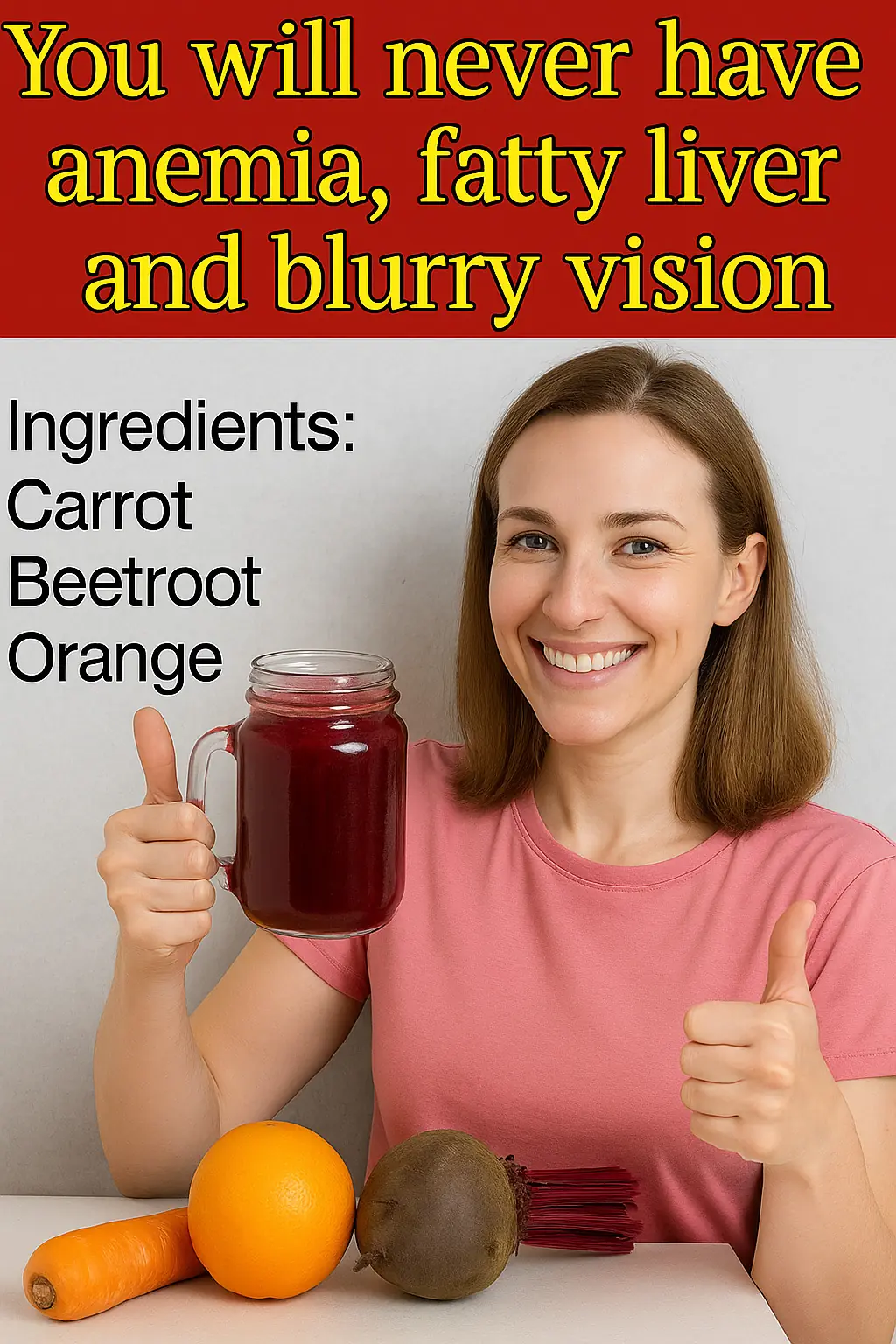
The Powerful Juice That Fights Anemia, Fatty Liver, and Blurry Vision Naturally

Remove Bad Odors from Your Refrigerator Overnight with These Simple Tricks
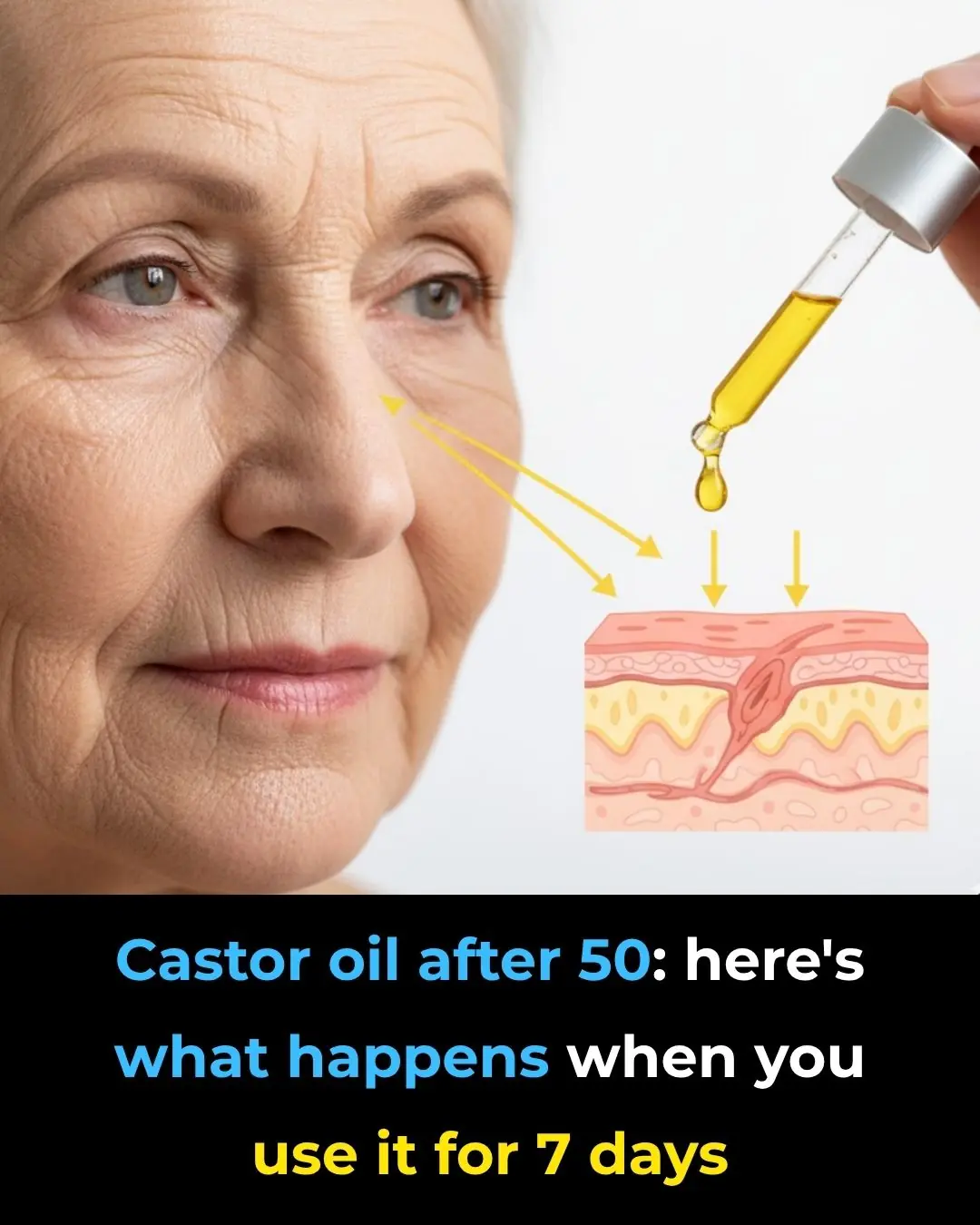
Castor Oil After 50: This Is What Happens After 7 Days Of Use!
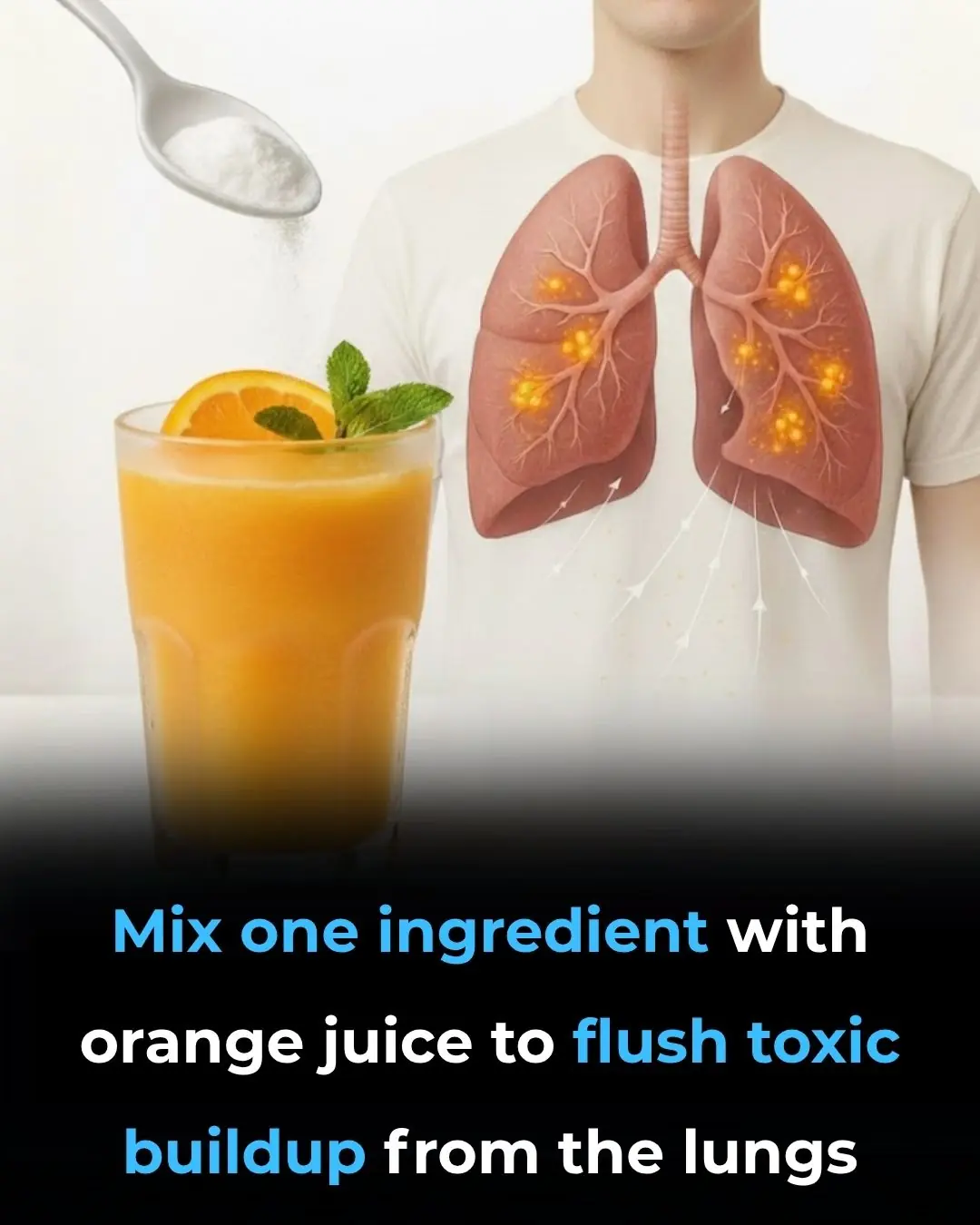
Mix One Ingredient With Orange Juice To Flush Toxic Buildup From The Lungs
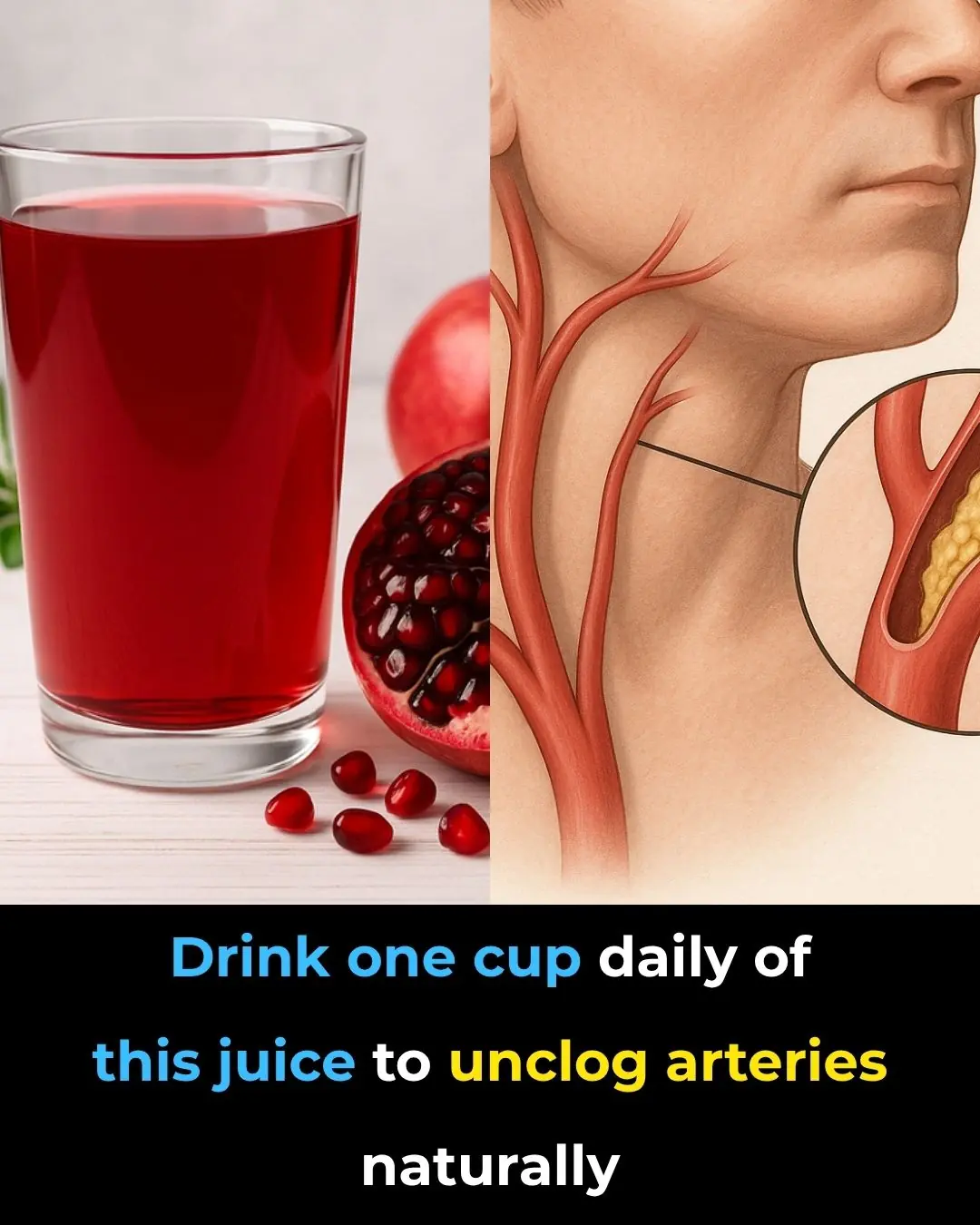
Drink one cup daily of this juice to UNCLOG arteries?

MISTAKE #1 WHEN CHEWING CLOVES (YOUR HEALTH IS IN DANGER)

Just tried to stop my daughter from doing this

Found this weird skin on my son's ear this morning. Doc appt is a week away. What can I do?
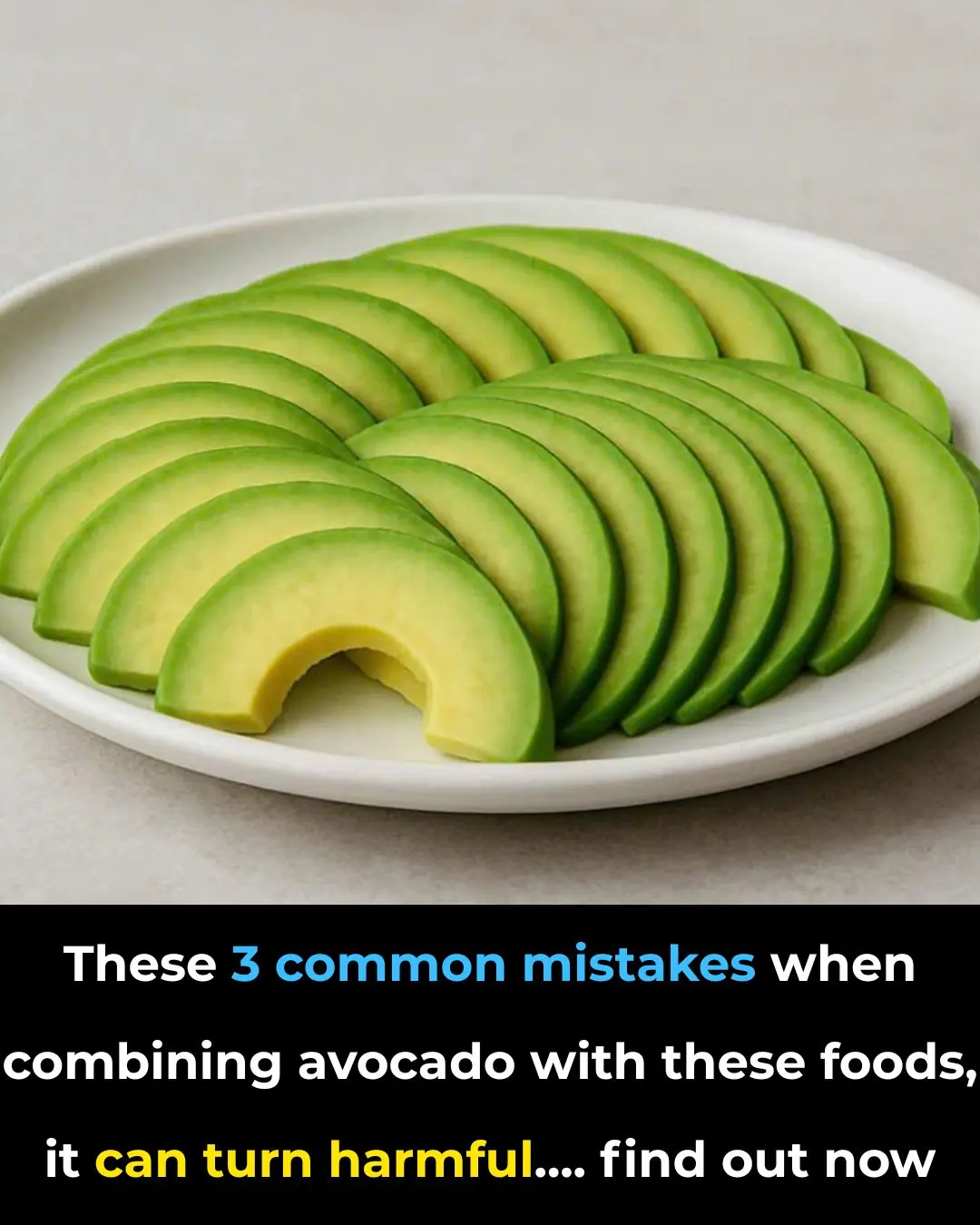
3 Common Mistakes People Make When Eating Avocados
News Post

Boil chicken without water, use vegetables and fruits to "cook", ensure to keep the sweetness and very fragrant
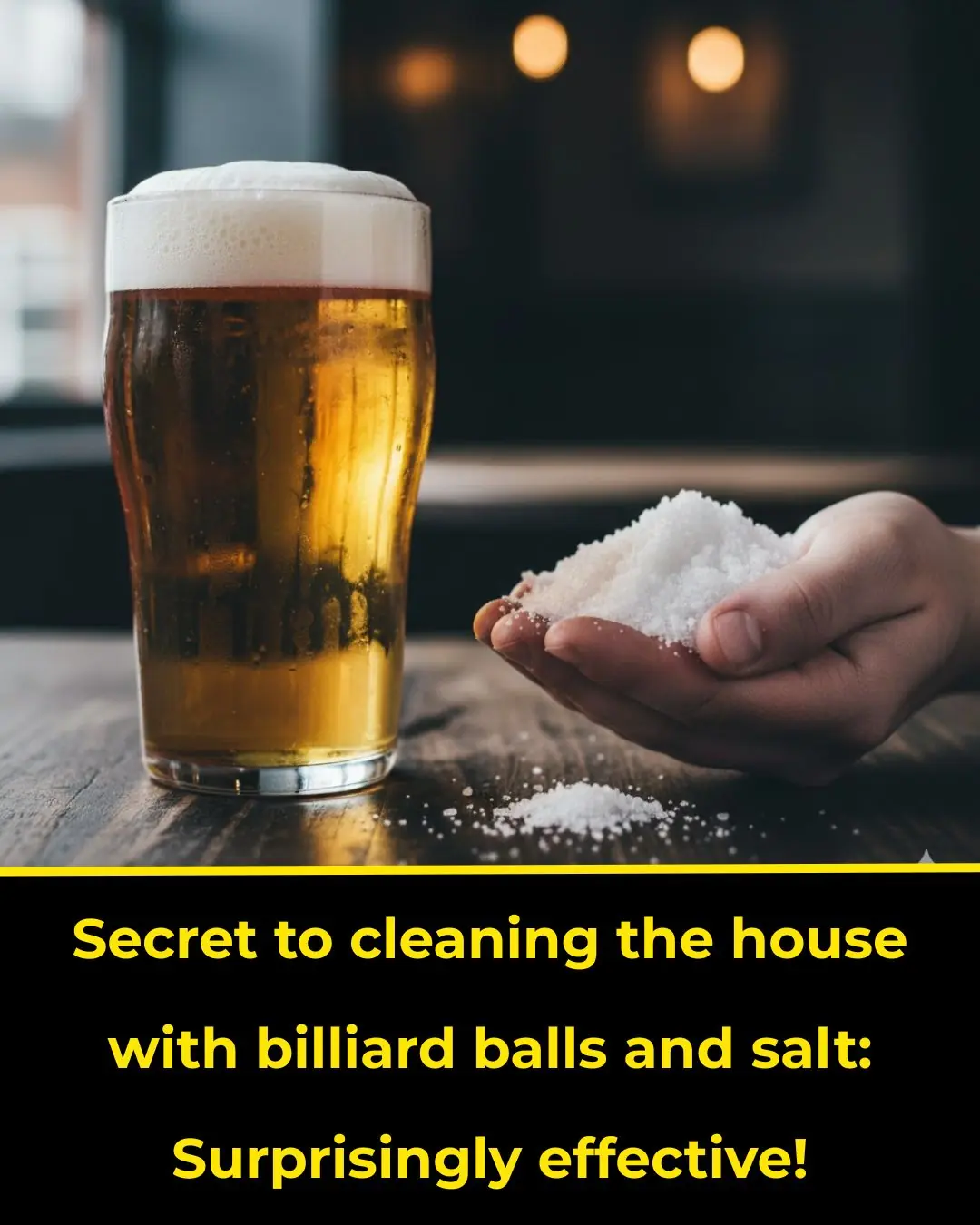
Excess beer if thrown away is a waste
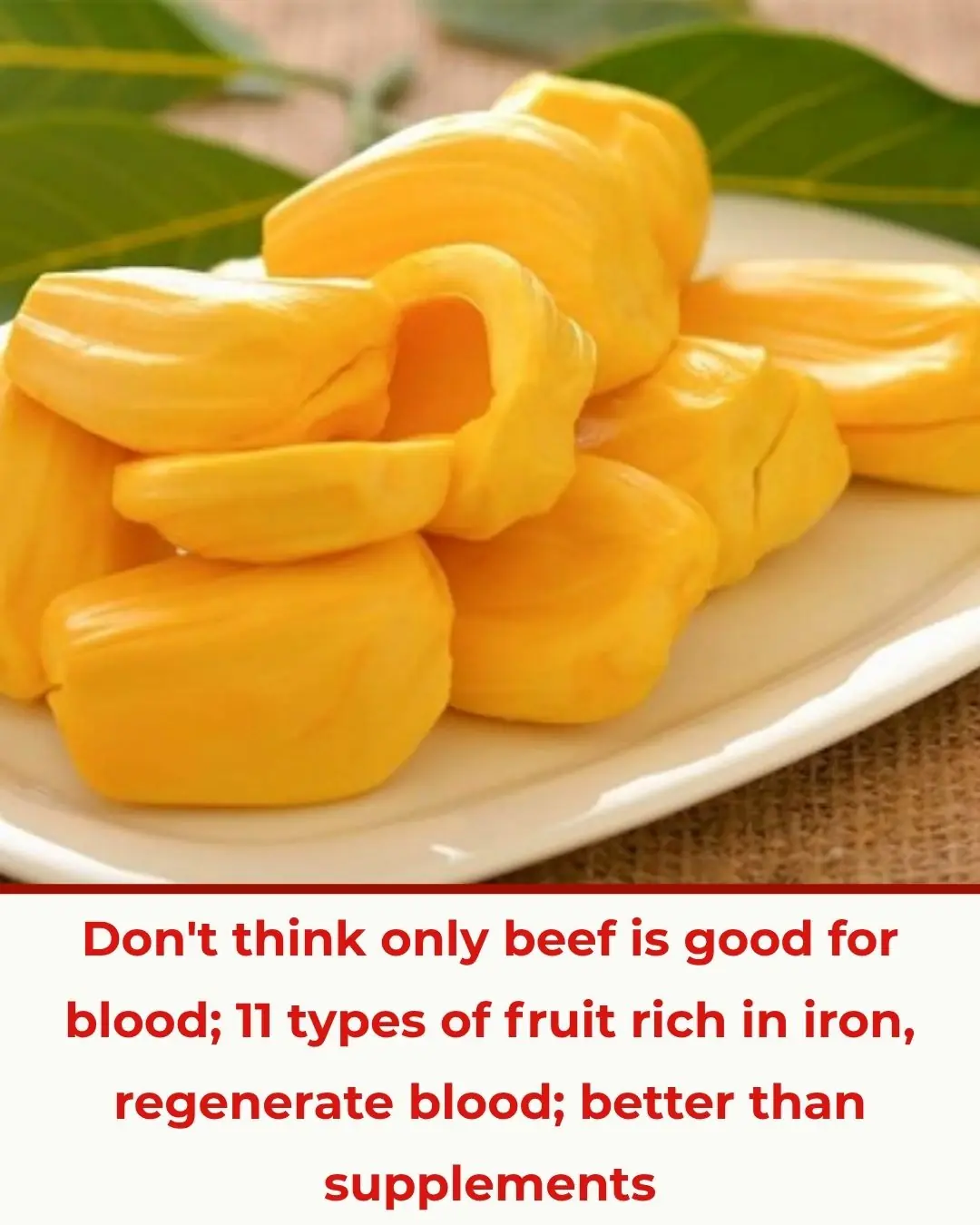
Don't think only beef is good for blood; 11 types of fruit rich in iron, regenerate blood; better than supplements
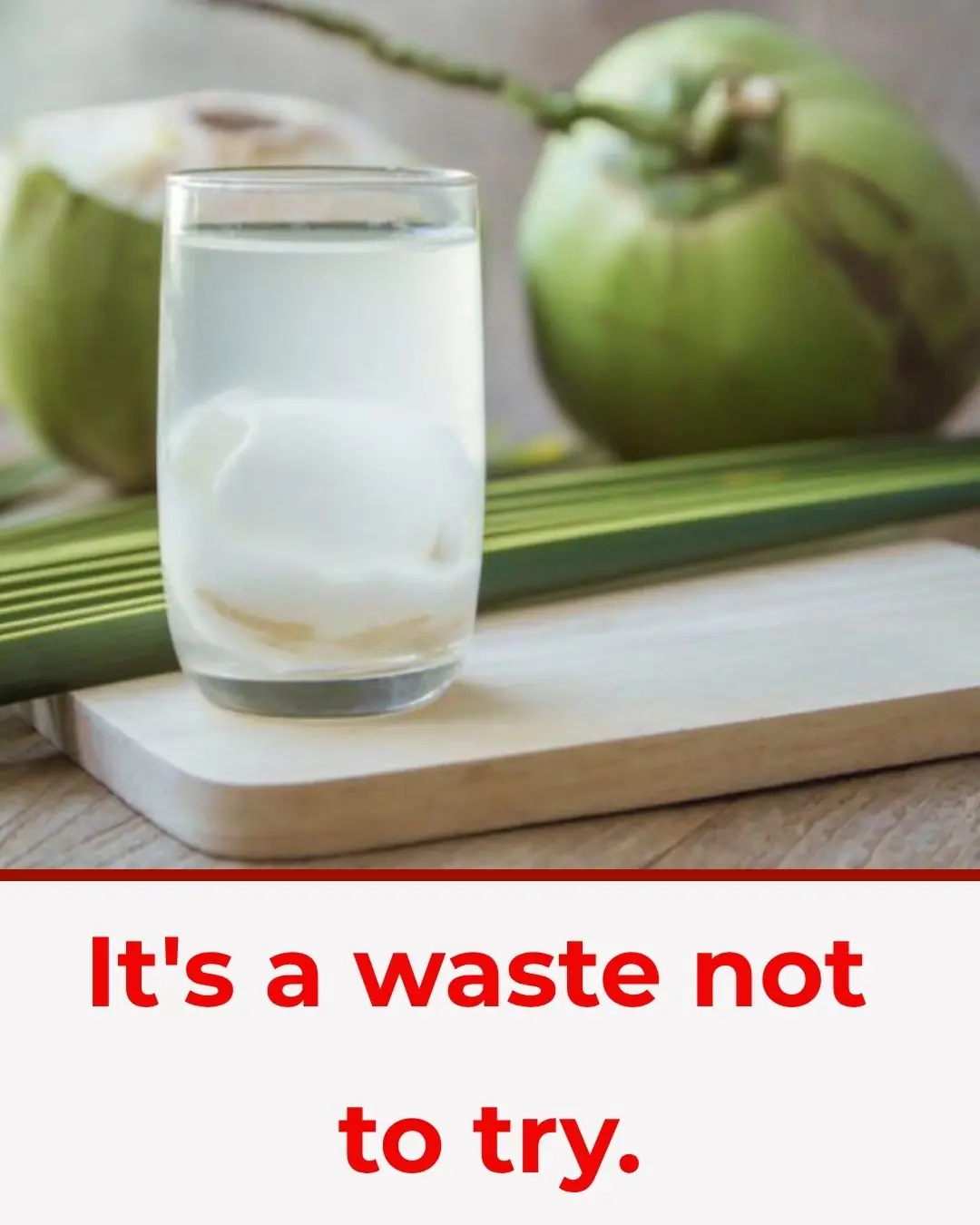
Drinking coconut water on an empty stomach for 7 days, one shot hits 10 targets: it's too wasteful not to try.

Simple way to repel cockroaches: Use only 1 ingredient available in the house

How to drink ginger and red apple tea to nourish blood, rosy skin, and good sleep
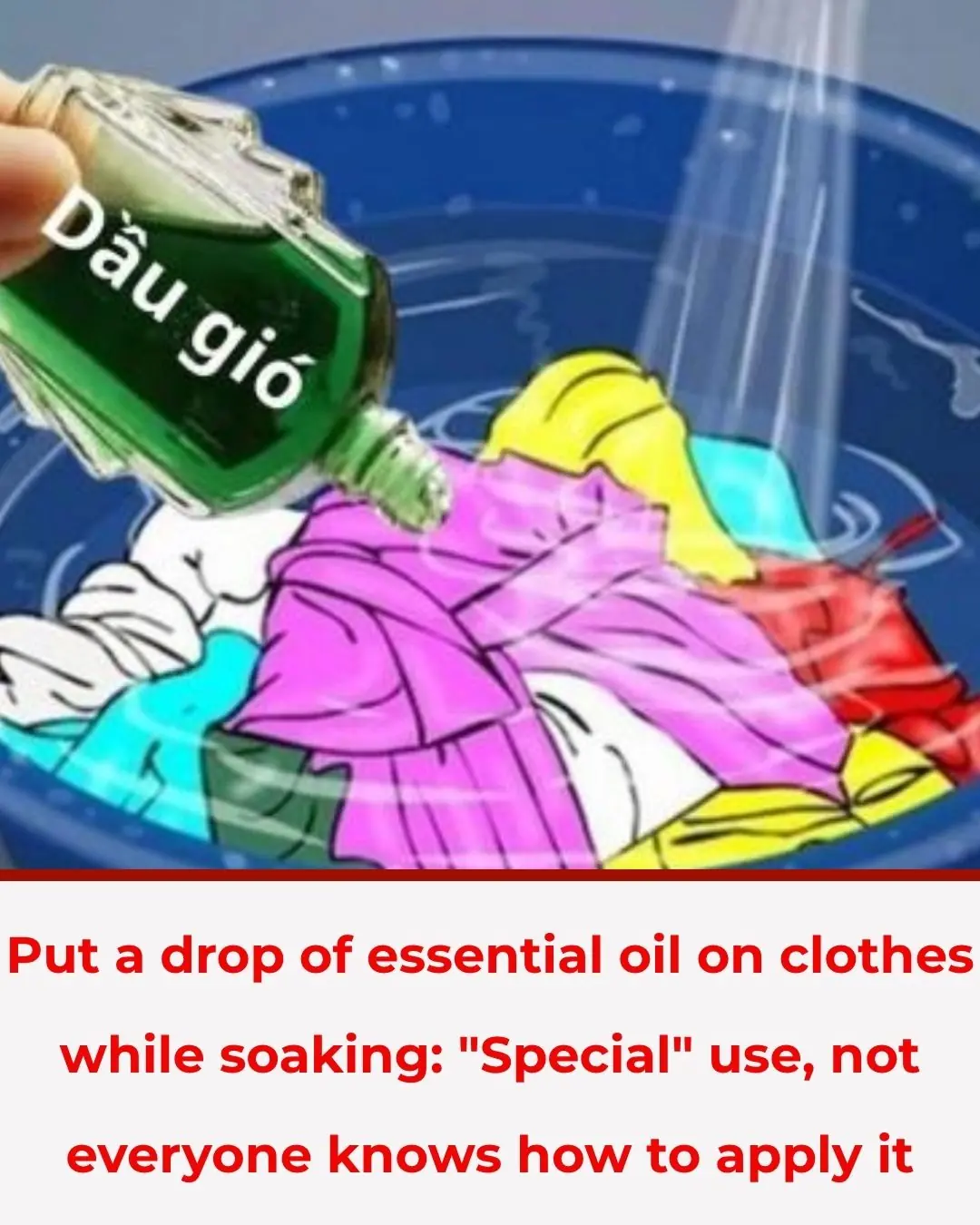
Put a drop of essential oil on clothes while soaking: "Special" use, not everyone knows how to apply it

5 Early Signs of Poor Circulation (and How to Boost Blood Flow)

How Cancer Travels Through the Lymphatic System—and Ways to Keep It Strong

How to Make Alkaline Water to Fight Fatigue, Digestive Issues, and Disease
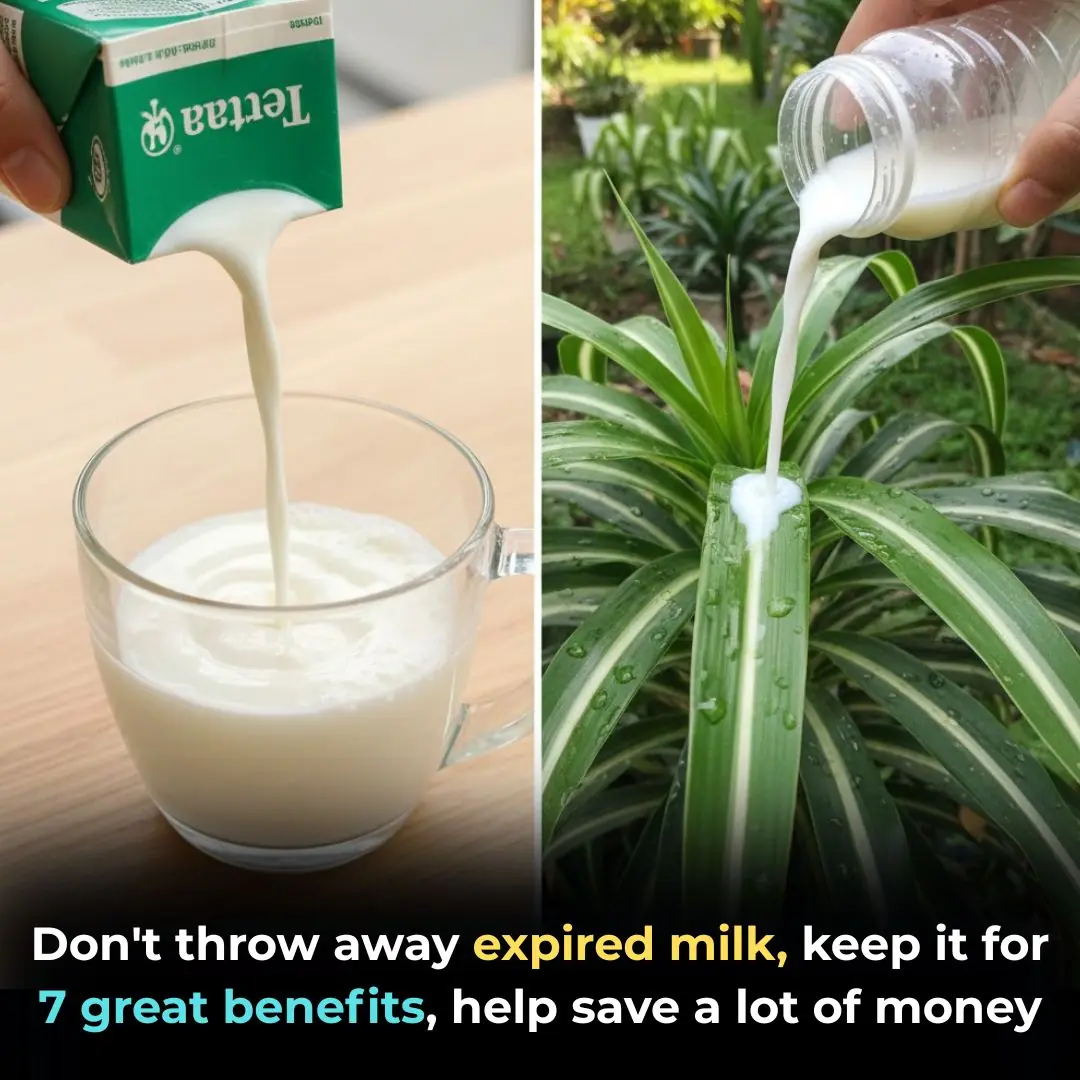
Don't throw away expired milk, keep it for 7 great benefits, help save a lot of money

How to make lemon syrup with a rice cooker to help treat coughs and nourish the lungs

Don't rush to put lemons in the fridge when you buy them. Do this so they stay fresh all year round and don't get bitter or spoiled.
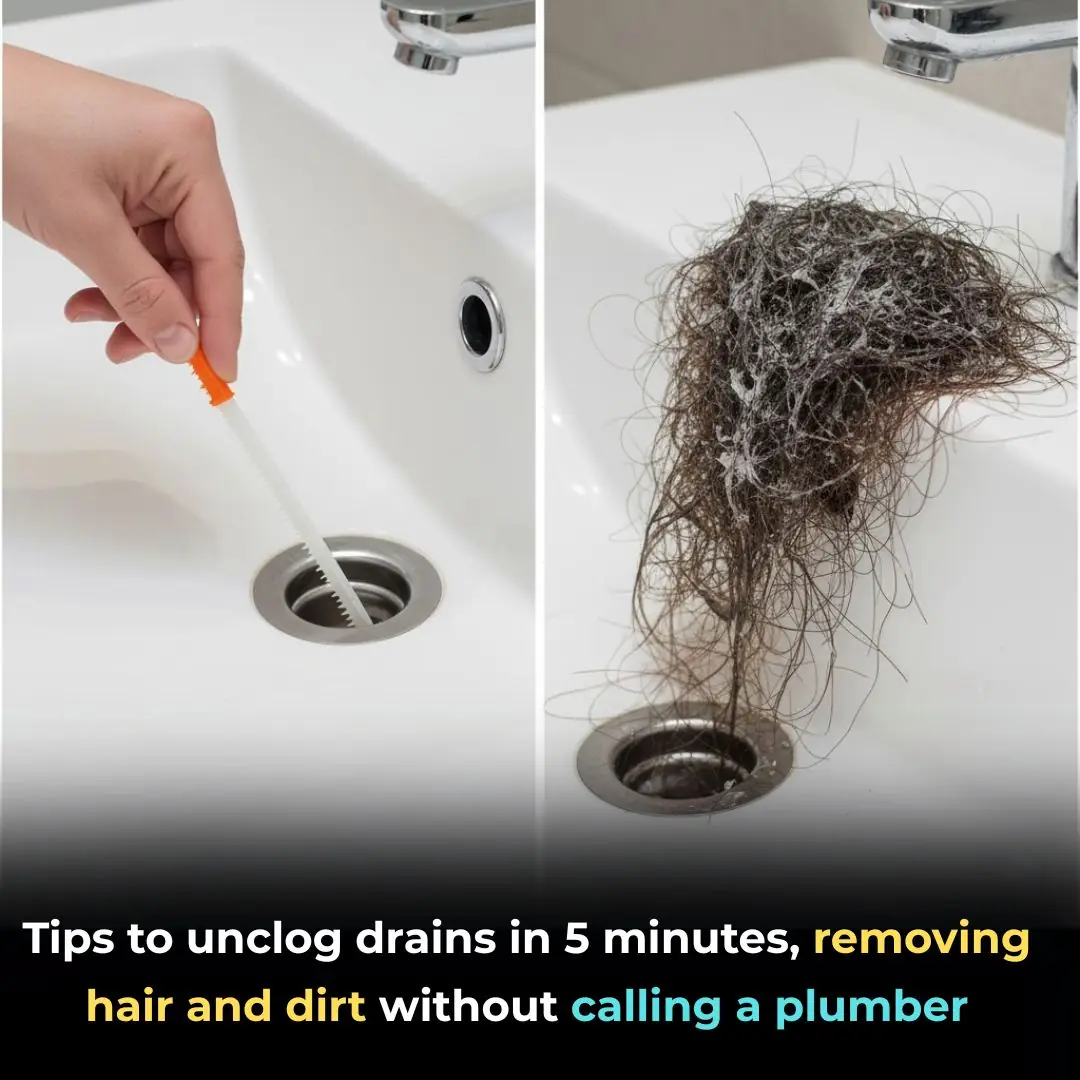
Tips to unclog drains in 5 minutes, removing hair and dirt without calling a plumber
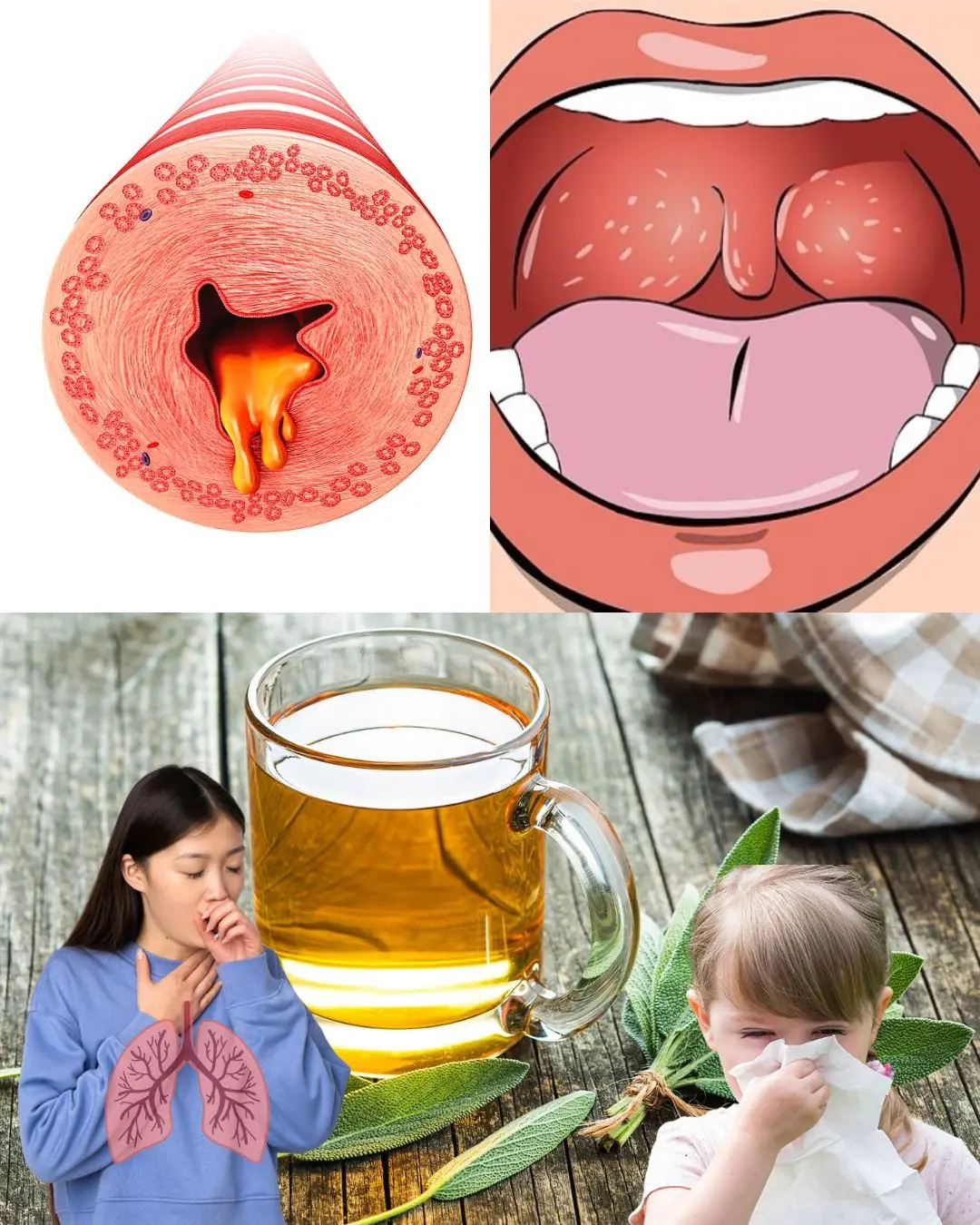
Ancient Herbal Remedy to Clear Mucus from Nose, Throat, and Lungs in Just 2 Days

Seniors: Take This for 5 Nights and See What Comes Out in Your Stool!

A neurosurgeon says your legs could predict dementia years before memory loss

Simple Homemade Cough Syrup Removes Phlegm From The Lungs
